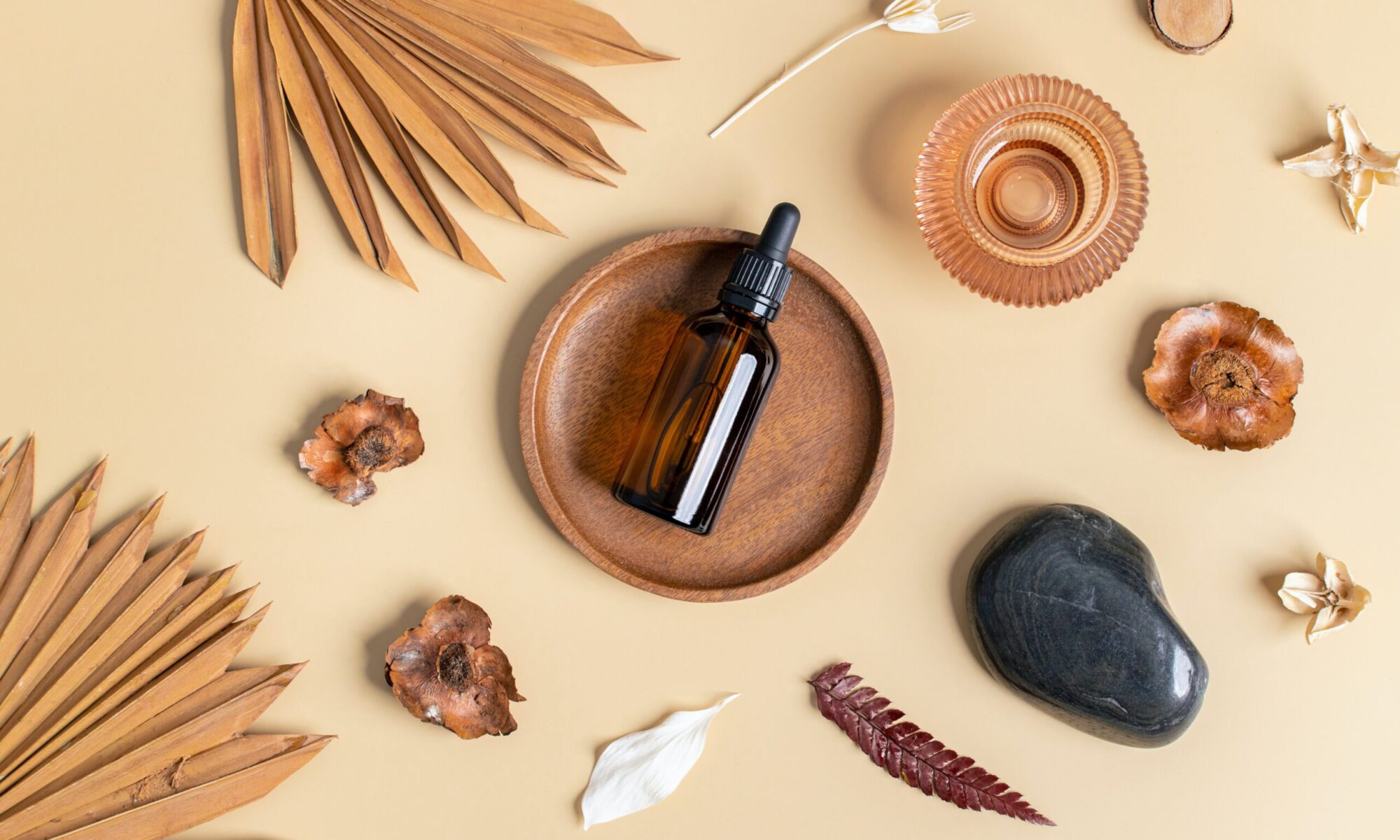
Something that has been forgotten for a long time, neglected, or only viewed as a waste product of essential oil production, fortunately they have been gaining in importance again in recent years – hydrosols , also known as plant waters.
The mode of action of the finely scented plant water lies between a preparation as a tea and the use of essential oils. Hydrosols and essential oils sometimes have a similar effect, but they are never exactly the same. Some hydrosols contain ingredients that are missing in the essential oil of the same plant, some have additional active ingredients. In contrast to the purely lipophilic (fat-loving) essential oils, the plant waters contain many water-soluble ingredients and are enriched with special active ingredients that are only formed during the distillation process. This in turn distinguishes them from the effects of a simple tea. In addition, due to the way it is manufactured, plant water always contains small amounts (0.5 – 1.5%) of essential oils. This unique complex of active ingredients makes the hydrolates a skin-friendly, mild and yet very effective alternative and supplement to essential oils.
Like essential oils, they have molecules that are small enough to penetrate deeper layers of the skin. There they can, for example, improve blood circulation or cell regeneration.
We like to use them as a face or hair tonic, light perfumes, for baby and senior care, as a room fragrance or as a hydrophilic (water-loving) component in a self-stirred emulsion. Its area of application includes indications such as: insect bites, sunburn, neurodermatitis, fungal diseases of the skin and genital area, red eyes plagued by hay fever, sore throats, digestive problems, nausea, headaches and difficulty falling asleep. In contrast to the essential oils, they can also be taken as an aqueous component. We add a teaspoon to a liter of water or tea to flavor or to achieve a certain effect. Above all, digestive problems, colds and stress respond very well to an internal intake of hydrolates. We only take hydrosols for a relatively short period of one to three weeks.

As with many essential oils, they are produced by distillation. During the steam distillation of herbs or woods to obtain essential oil, a relatively large amount of hydrosol is automatically produced. The essential oil floats on top of the collecting vessel and can be skimmed off. What then remains is the plant water. Fortunately, a few years ago it was rediscovered that this is not just a waste product. Since then, many plants have also carefully bottled the hydrosol.
This requires even greater care than with essential oils. The hydrolate may seem less valuable because it is produced in larger quantities. On the other hand, due to its very high water content, it is much more susceptible to germs and contamination by fungi. Only through a sterile working method can it be prevented that the fragrant treasures are already contaminated during filling.
Some companies add alcohol to their hydrosols for better preservation. This helps them to have a longer lifespan. However, the hydrolates lose a lot of their skin-friendliness as a result. Mucous membranes and eyelids should also never come into contact with alcohol.
That is why it is better to use unpreserved products here. These are best kept in the refrigerator. Equipped with a spray attachment, we keep the contamination as low as possible. It is also very practical and easy to use.
If a hydrolate becomes cloudy or no longer smells fresh, it no longer belongs on the skin or in our digestive tract. Then we can mix it with the mopping water or fill the steam iron with it.
Some companies rely on their own distillation processes that do not seek to extract essential oil. For example, with rose hydrolate, 1000 kg of flowers are mixed with 1000 kg of water. After 7 times of distillation we have a wonderfully fragrant, harmonious plant water that can hardly be surpassed in terms of diversity of active ingredients.
Many aromatherapists have discovered the distillation of plant material from their own garden. It can be very satisfying to harvest and prepare herbs, then wait patiently for the result in the slow process of distillation.
Just like essential oils, do not buy your hydrosols at any market stall, but from a trustworthy company. Often it is the same ones who also offer high quality essential oils.
Distilling can be learned in the following institutions:


